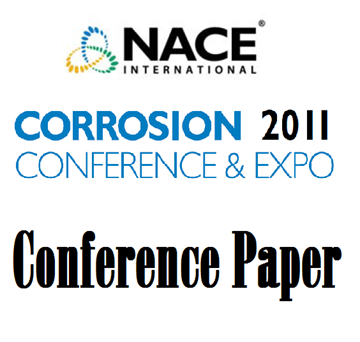Search
51315-5433-A Bayesian Network Based Approach to Corrosion Risk Assessment of Radioactive Waste Tanks
Also Purchased
02193 Corrosion Performance of AI 2519 in Marine Environments
Product Number:
51300-02193-SG
ISBN:
02193 2002 CP
Publication Date:
2002
$20.00
11334 Green Shelters Dehumidification for Corrosion Attenuation & Improved Maintenance Flexibility
Product Number:
51300-11334-SG
ISBN:
11334 2011 CP
Publication Date:
2011
$20.00
51315-5430-Corrosion of Ni-based Alloys and Stainless Steels in Mixed Acids and Salts—Experimental and Modeling Results
Product Number:
51315-5430-SG
ISBN:
5430 2015 CP
Publication Date:
2015
$0.00




